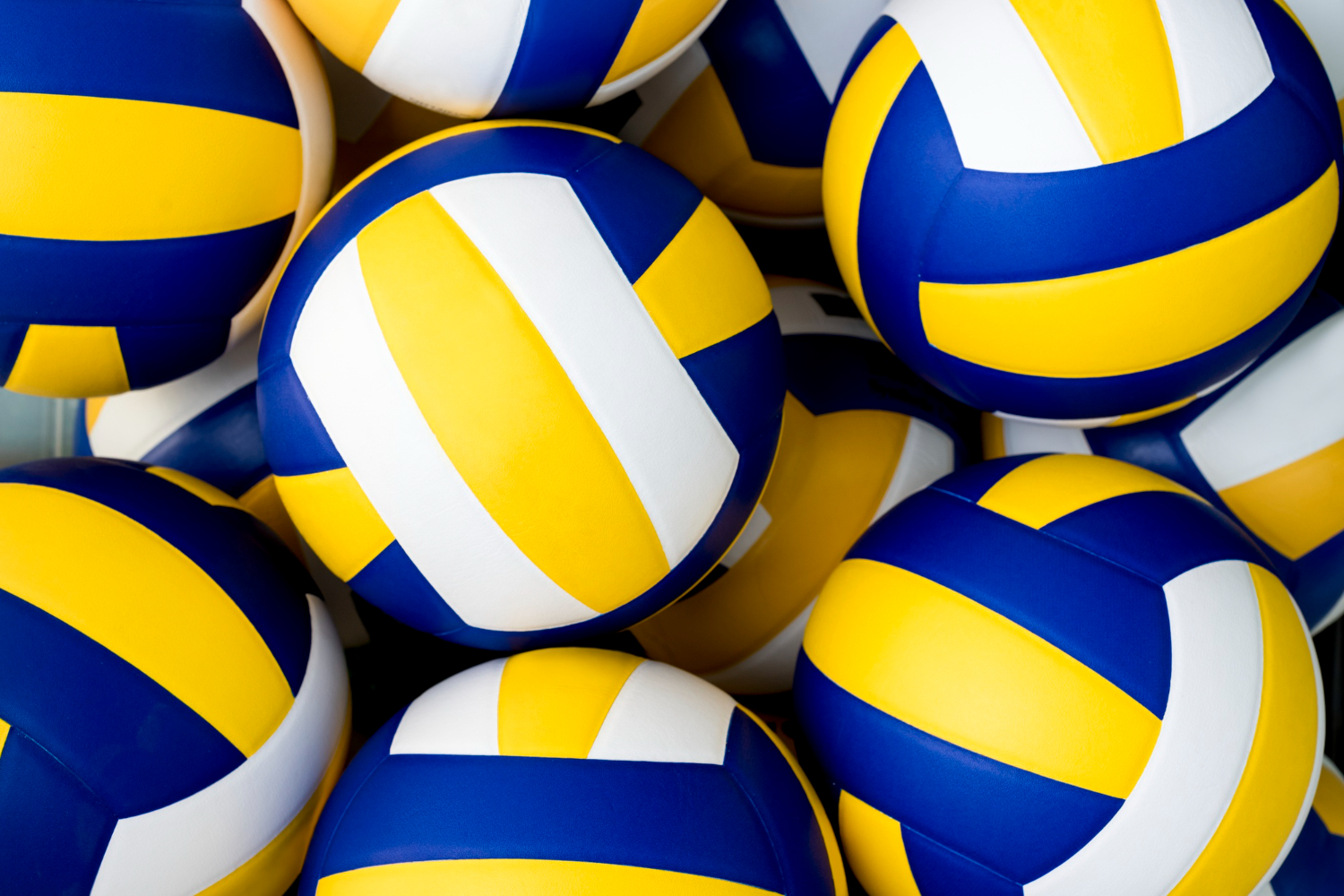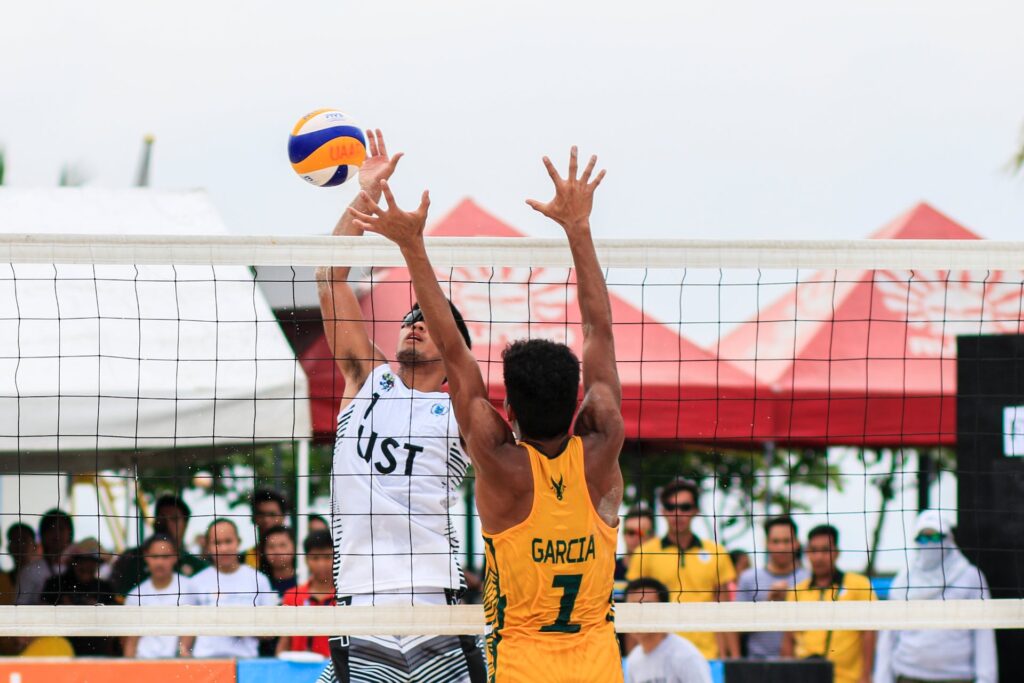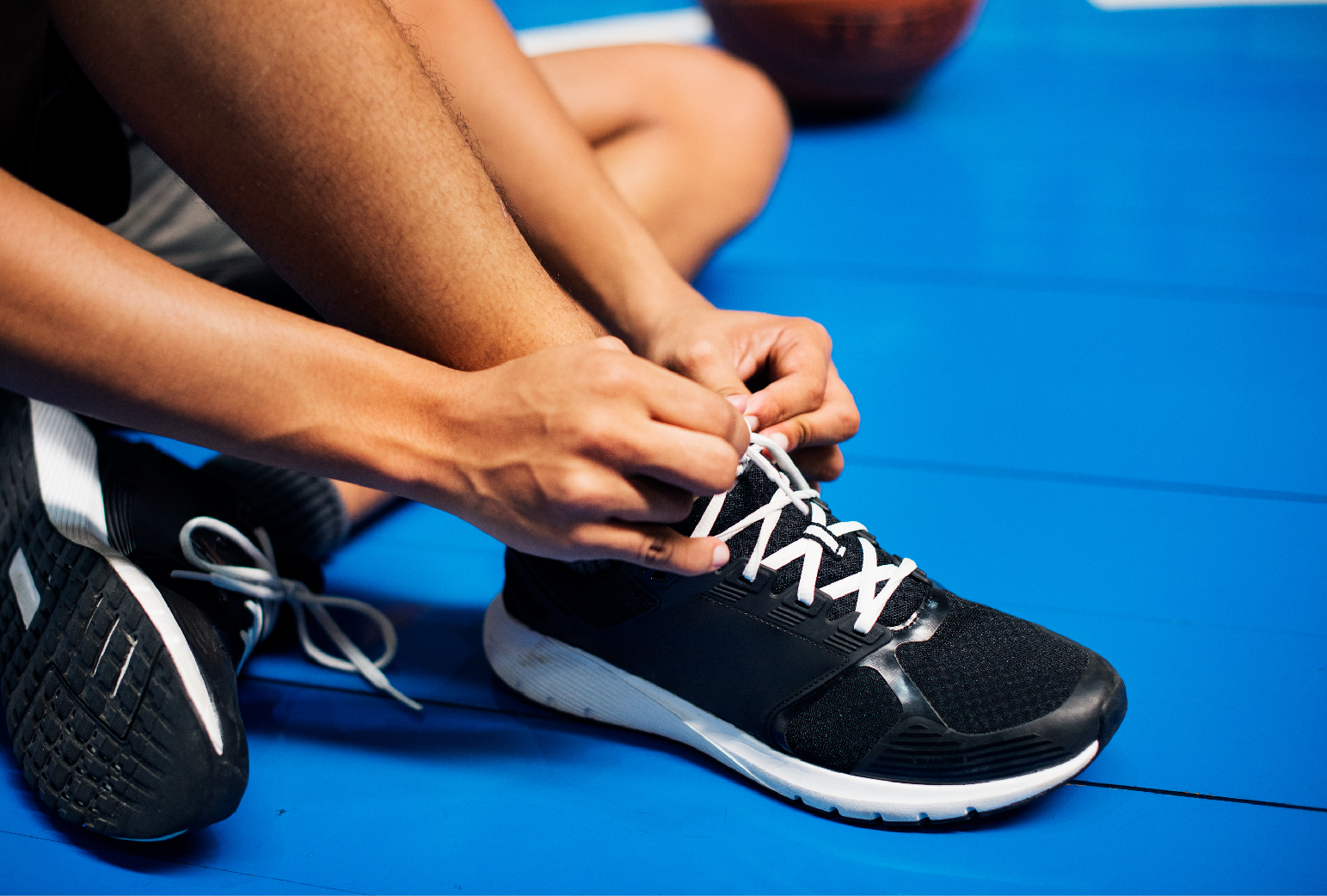

Could you play the position of middle blocker in a volleyball team if you were tall and powerful? Using our comprehensive guide, you will learn everything about what does the middle blocker do in volleyball and their responsibilities to the game.
They are often the most intimidating players on the team because of their tall height. After that, during warmups, you may see how they hit a ball. Their peak hit reaches an amazing height, and the hits are powerful.
Let’s learn more in volleyball, you may notice the block’s unique features: two long arms spread over the net, ready to take any blow you can throw out, and standing above the others.
If you want to know how to become a middle blocker, what does the middle blocker do in volleyball? Keep reading on!
Whether their side is on defense or offense, middlemen hinder change roles and become middle hitters. They are strong barriers in the defensive and attacking phases, stopping hard-driven hits and starting rapid plays from midway.
They need speed and brains to succeed in both positions. Being flexible enough to rapidly get away from the net and into position to attack the ball is vital, as is having excellent ball reading skills.
One of the most flexible hitters on the setter’s team is the middle, who may slide back the setter for a right-side assault or quickly come in for a middle hit. In addition to jumping skill, speed, and perfect timing, player height is critical for a good middle blocker.
Position yourself squarely in front of the setter, often somewhat to the left of the court’s center, if you’re going to be playing middle. Find out who your rival’s front-row hitters are, and let your teammates know before your team plays the ball.
Upon receiving a serve, you are responsible for observing the hitters’ movements to figure out the possible plays they may perform. Reading the setter is the next step.
The setter has two options, depending on the quality of the pass: either set the ball to one of her hitters or throw it over the net. Planning is vital for each of those scenarios. If she dumps, stay on the setter to avoid it, but be prepared to leap to the other side or use the fast set if she gets there. You should make an effort to obstruct her dump if you think she’s about to do it.
The setter’s choices limit as the ball goes off the net, forcing them to set high outside or in the back row. You may begin to bog down your way to where the setter is going to put the ball when you see the throw is of poor quality. Closing the block shouldn’t be a problem for you.
It is your responsibility to position yourself next to your outside blocker to establish a strong two-person block after you identify the location of the ball. When you cross your arms over the net, they must touch your outside blocker’s arms exactly where you want them to. It would be best if you stood in a wall so that the player has a harder time getting the ball past you.
Ask your setter what move your team performs while you are in serve receive and where your rival is serving your team. Your setter should indicate both the set you should look for and the direction in which the other hitters will be charging the ball right before service to make sure that you and the other hitters do not meet.
The plays in team volleyball grow more complex as you go through the levels. Batters might crossover all over the court to get the middle blocker to give up.
Upon getting a serve, observe the kind of pass that your team sends to their setter. As a middle blocker, your main focus should be getting up for the rapid set rather than passing. If you see that the ball has slipped off the net and the setter cannot provide you with a quick answer, you must end the match and request a new set. It will keep you dangerous offensively and prevent their blockers from getting a good set.
The middle blocker has to move swiftly from defense to offense after jumping to block, and the ball returns to his side of the court. Quickly changing directions and approaching the three-meter line, the center position must quickly hide off the net to be ready for a rapid set.
The setter will get the ball in a matter of seconds if other players dig it out. Always communicate with your setter by calling out the set you are about to hit.

Hi, I'm David Muse, the founder of Volleyball Spikes. My days are spent with workouts and article writing, mostly for Volleyball Spikes. With 15 years of expertise and a history of competing on an international scale... It's fair to say that my knowledge of volleyball is pretty good.
MEGA4D is your go-to destination for comprehensive knowledge about volleyball game-play. Get a complete buying guide to the best and latest volleyball equipment, learn about volleyball positions, rules and training to train yourself with expert experience!



Subscribe to our newsletter and we’ll send you the emails of latest posts.
Copyright © Volley Ball Spikes 2023. All Rights Reserved Design By Digital Korbax LLC